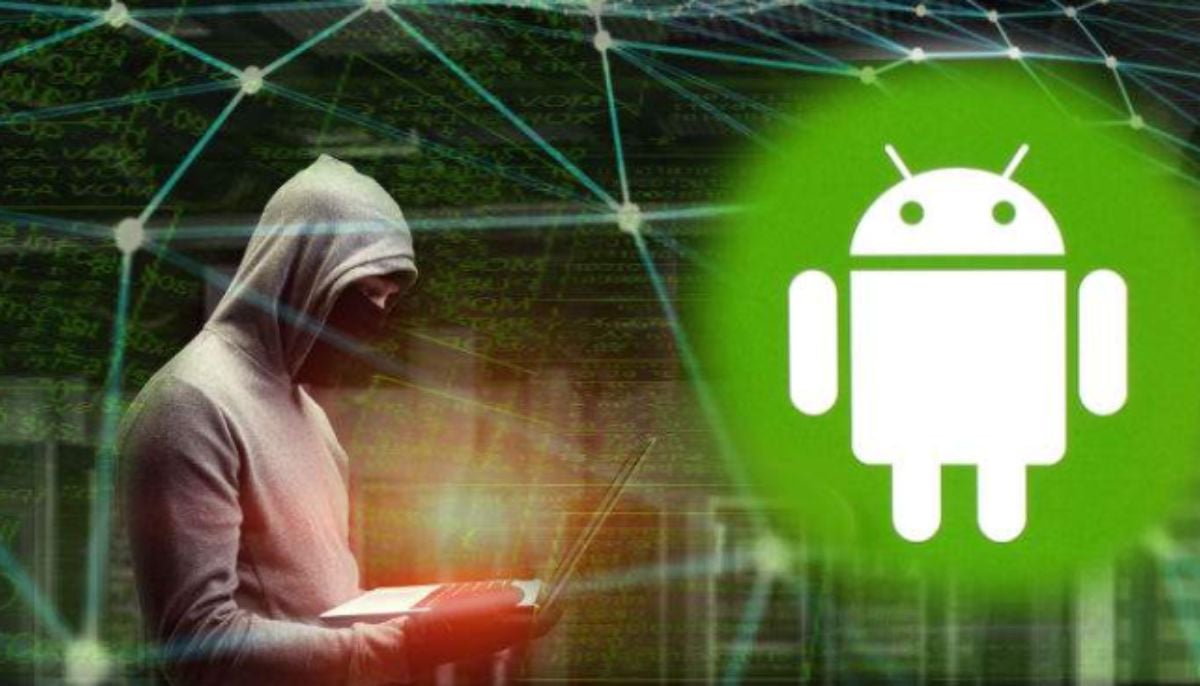Jazz brings an exciting offer for tech enthusiasts! You can now get your hands on the brand new CMF Phone 2 Pro exclusively at Jazz Experience Centers. This launch lets you upgrade your smartphone without hassle. Jazz makes it convenient by providing easy installment plans, so you don’t need to worry about paying the full amount upfront.

Why Choose CMF Phone 2 Pro from Jazz?
The CMF Phone 2 Pro delivers an enhanced mobile experience with cutting-edge features that keep you ahead in the tech game. Jazz Experience Centers provide a smooth buying process, expert assistance, and exclusive deals. The easy installment plan makes it simple for everyone to upgrade, making premium smartphones more accessible.
How to Get Yours
Visit your nearest Jazz Experience Center to explore the CMF Phone 2 Pro. The staff will guide you through the installment options and help you select a plan that fits your budget. Don’t miss out on this opportunity to own the latest smartphone in the market without financial strain.
Sources:
Source








